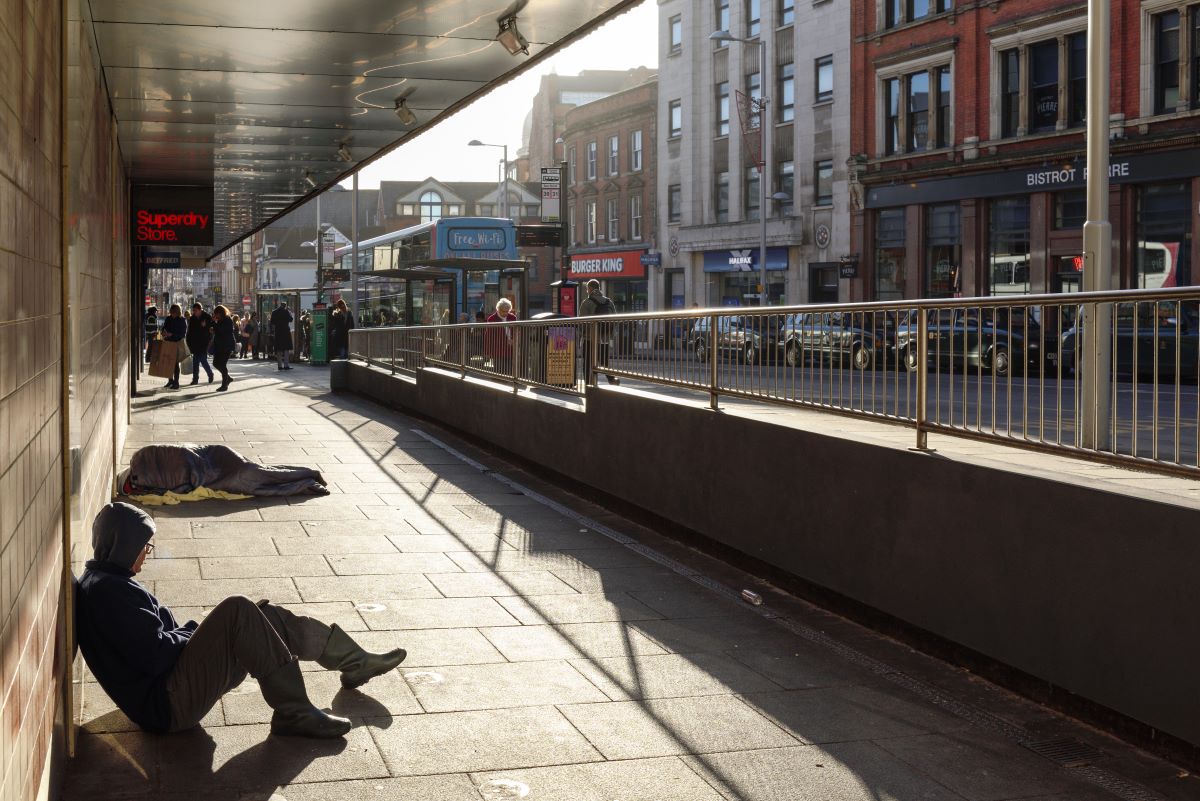Discover the 15 toughest places to live, where overcoming daily challenges requires immense resilience. How do these struggles shape the lives of those who call these places home?
1. Barking and Dagenham, London

Barking and Dagenham grapple with high unemployment at 7.4% and scarce job opportunities. Nearly 50% of children live in poverty, one of the highest rates in London. Drug-related crimes are rising, and occasional racial tensions add to the area’s difficulties.
2. Blackpool, Lancashire
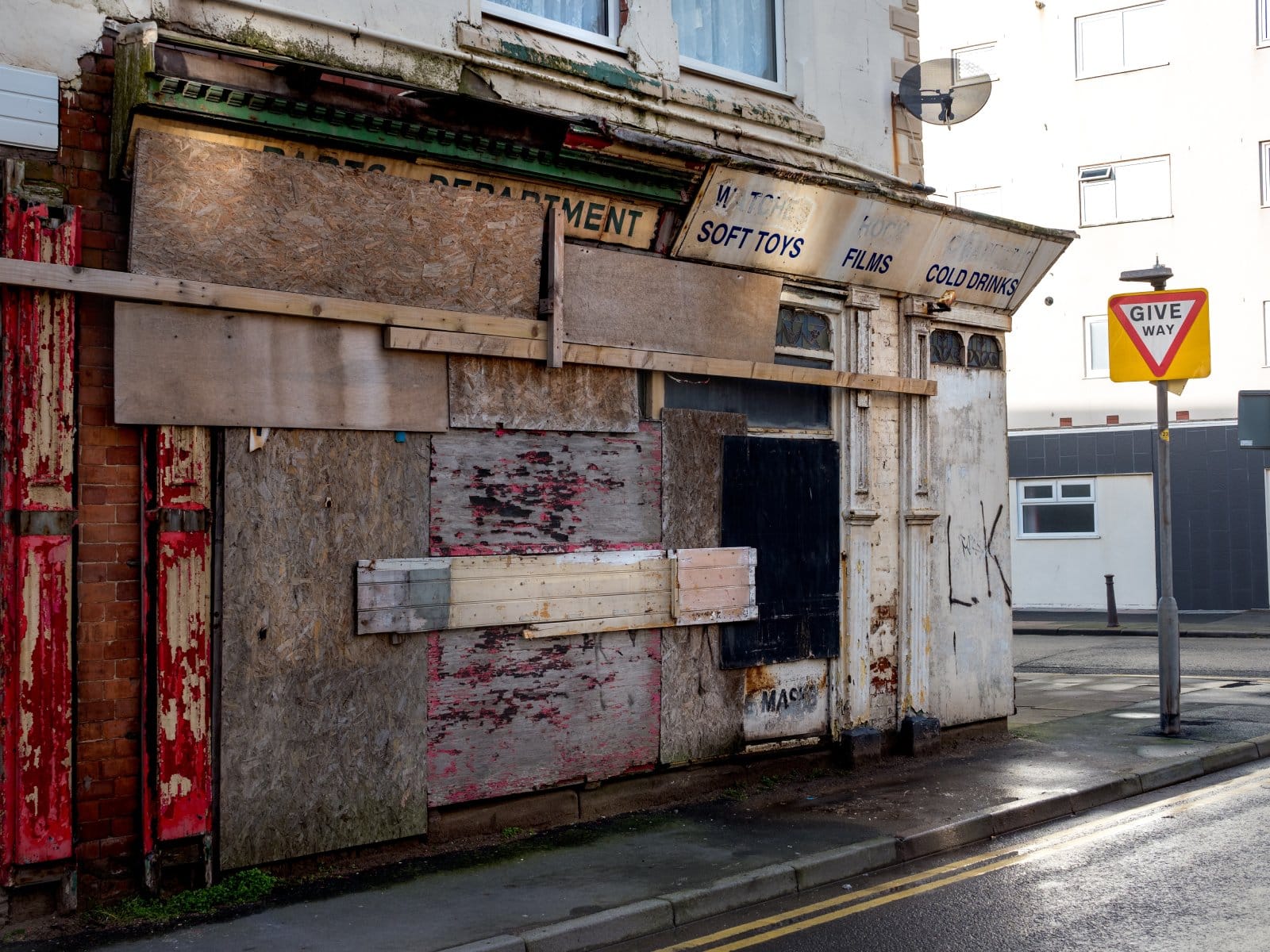
Blackpool’s reputation as a seaside destination masks deep poverty. With 18.8 drug-related deaths per 100,000 people, it’s among the highest in the UK. Unemployment stands at 8%, and many rely on seasonal tourism work, contributing to lower life expectancy compared to the national average.
3. Hull, East Yorkshire
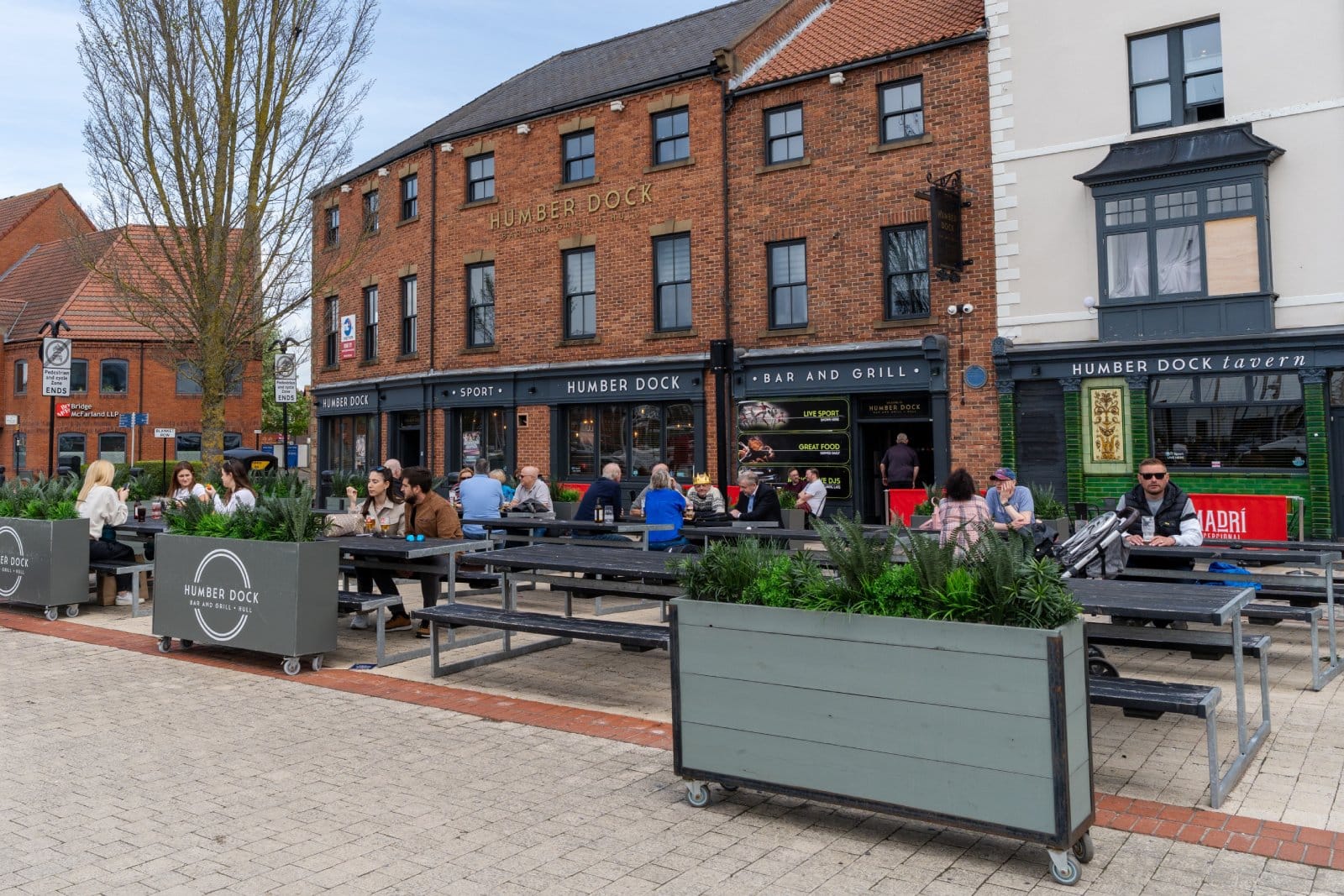
Hull suffers from the legacy of industrial decline, leading to a 6.5% unemployment rate and widespread poverty. Only 45% of students achieve a grade 4 or above in GCSE English and Maths. Drug misuse is a growing problem, and racial tensions have been reported, especially in areas with high immigrant populations.
4. Middlesbrough, North Yorkshire

Middlesbrough faces significant economic hardship with a 7.7% unemployment rate and low average incomes. Nearly 50% of children live in poverty, one of the highest rates in the UK. Drug dependency and related crimes are prevalent, alongside racial tensions in diverse communities.
5. Jaywick, Essex
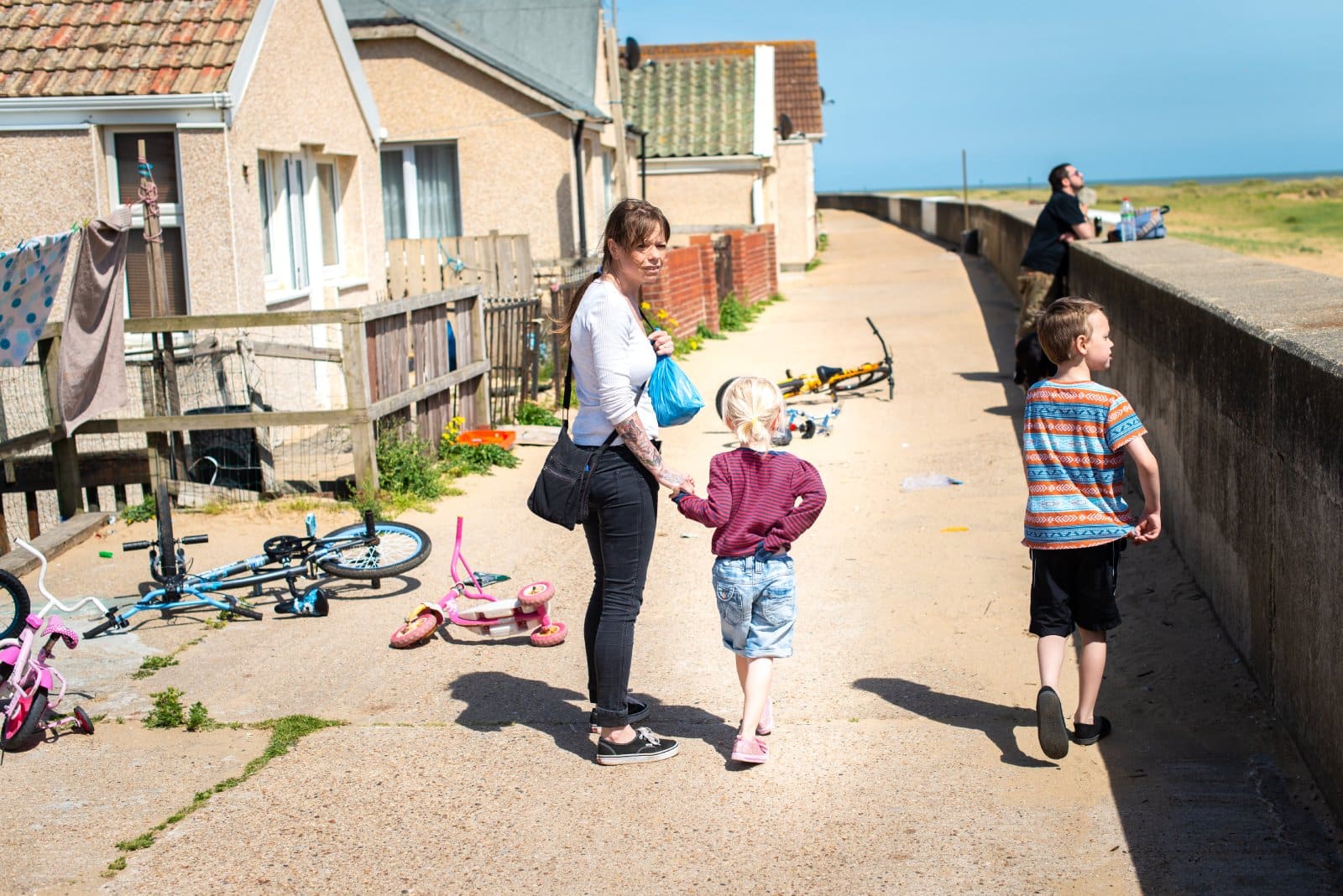
Jaywick is marked by extreme deprivation, with 44% of children living in poverty and a 9.5% unemployment rate. Drug addiction and related crime are widespread, and job opportunities are scarce. The community relies heavily on government benefits, making economic stability elusive.
6. Bradford, West Yorkshire

Bradford, with a large immigrant population, struggles with a 7.4% unemployment rate and high child poverty at around 36%. Drug misuse and related health issues are significant, and racial tensions have sometimes erupted into violence, revealing deep community divisions.
7. Newport, South Wales

Newport deals with a 6.3% unemployment rate and limited economic opportunities. About 30% of children live in poverty, and drug problems are on the rise. Racial tensions are also an issue, particularly in areas with substantial immigrant populations.
8. Oldham, Greater Manchester

Oldham, once a manufacturing hub, now faces a 7.8% unemployment rate and high child poverty, affecting nearly 40% of children. Drug addiction and crime are widespread, and past riots have highlighted ongoing racial tensions within the community.
9. Stoke-on-Trent, Staffordshire
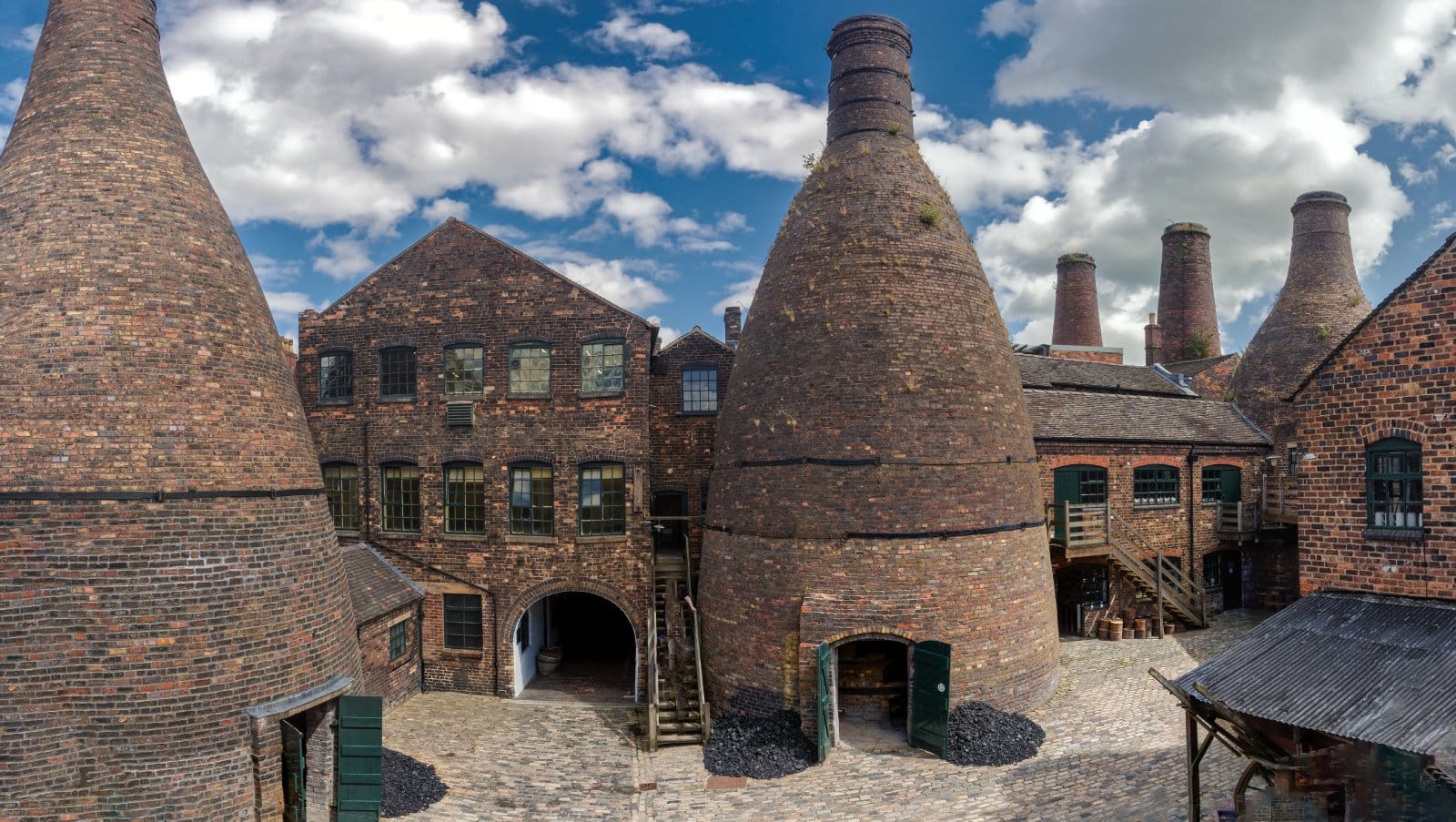
Stoke-on-Trent suffers from the decline of its pottery industry, leading to a 7.2% unemployment rate and high poverty levels. Almost 30% of households rely on government assistance, and drug-related issues are severe. Racial tensions and social divisions further complicate the city’s challenges.
10. Burnley, Lancashire
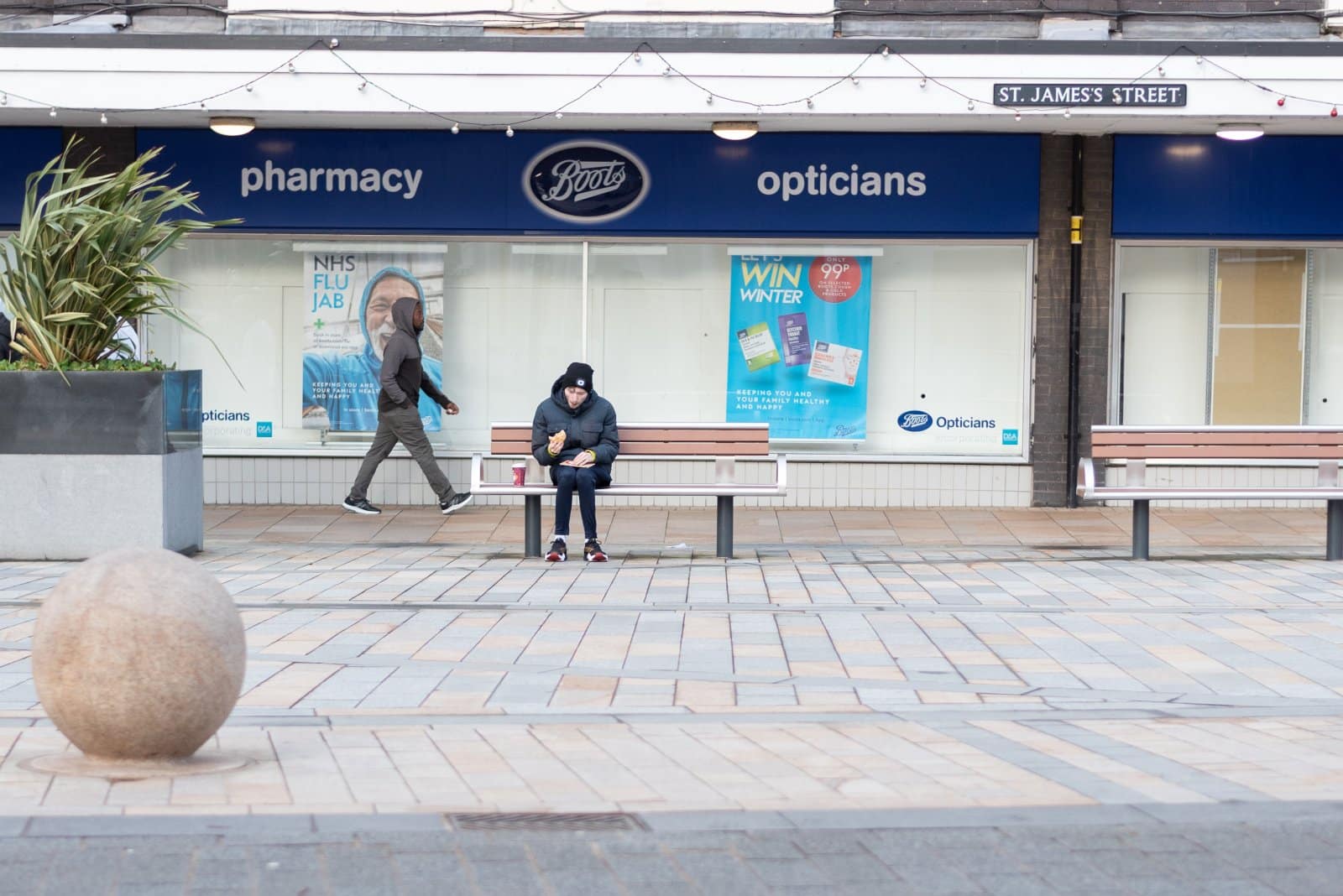
Burnley struggles with a 7.5% unemployment rate and low average incomes. Racial tensions between the white and South Asian communities are a notable issue. Drug addiction and related crime are also significant problems, compounded by low educational attainment.
11. Hastings, East Sussex

Hastings faces high deprivation levels, with 36% of children living in poverty. Drug problems contribute to health and crime issues, and racial tensions and social exclusion are prominent in deprived areas. The town struggles with significant socio-economic challenges.
12. Great Yarmouth, Norfolk
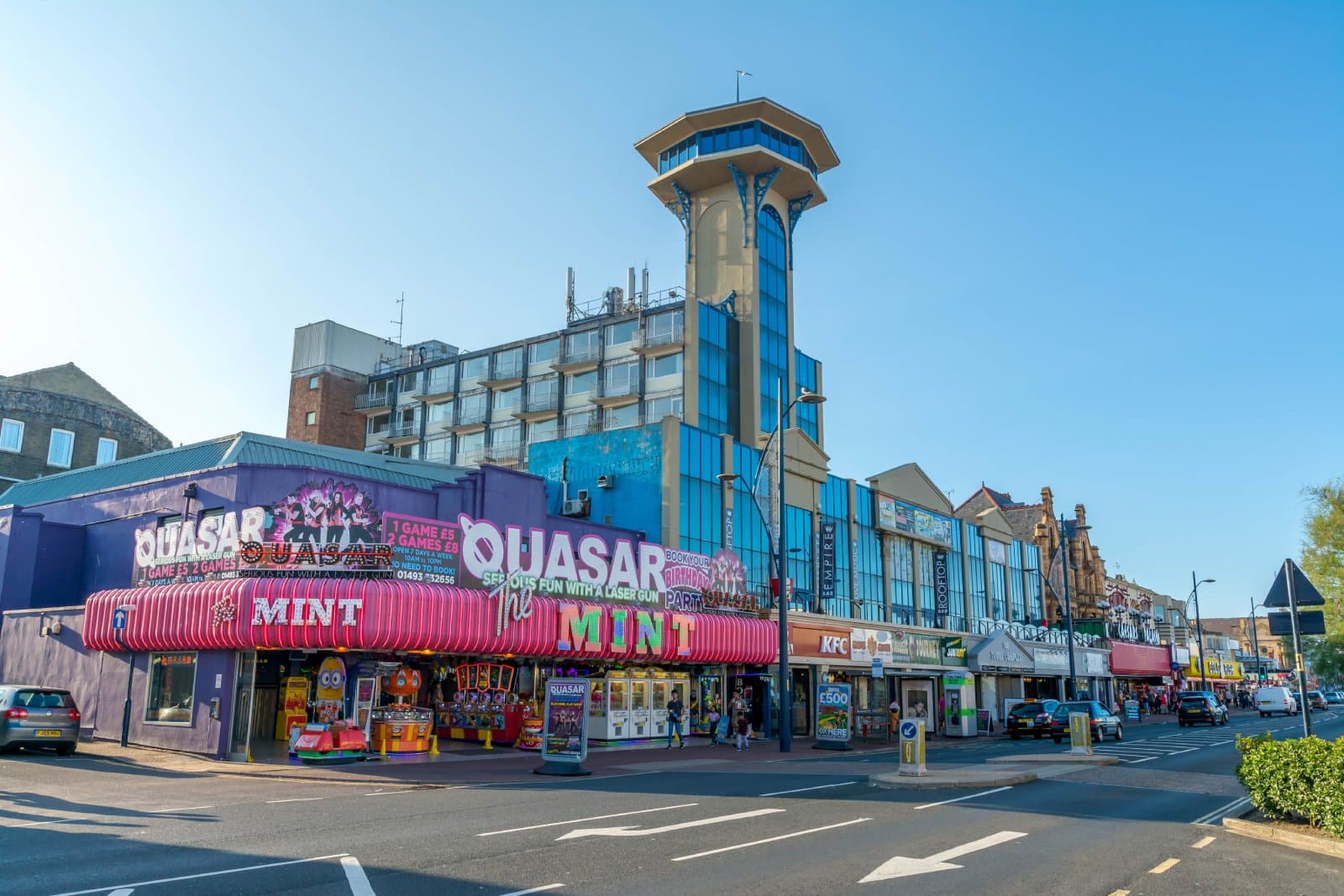
Great Yarmouth contends with a 7.0% unemployment rate and high poverty levels. The decline of traditional industries has limited job opportunities, and drug misuse is a major issue. Racial tensions and social exclusion are exacerbated by ongoing economic hardship.
13. Thanet, Kent

Thanet suffers from high deprivation, with 38% of children living in poverty. The area has a 7.9% unemployment rate and significant drug problems, including high addiction rates. Racial tensions and social division are prevalent, especially in economically disadvantaged areas.
14. Hartlepool, County Durham
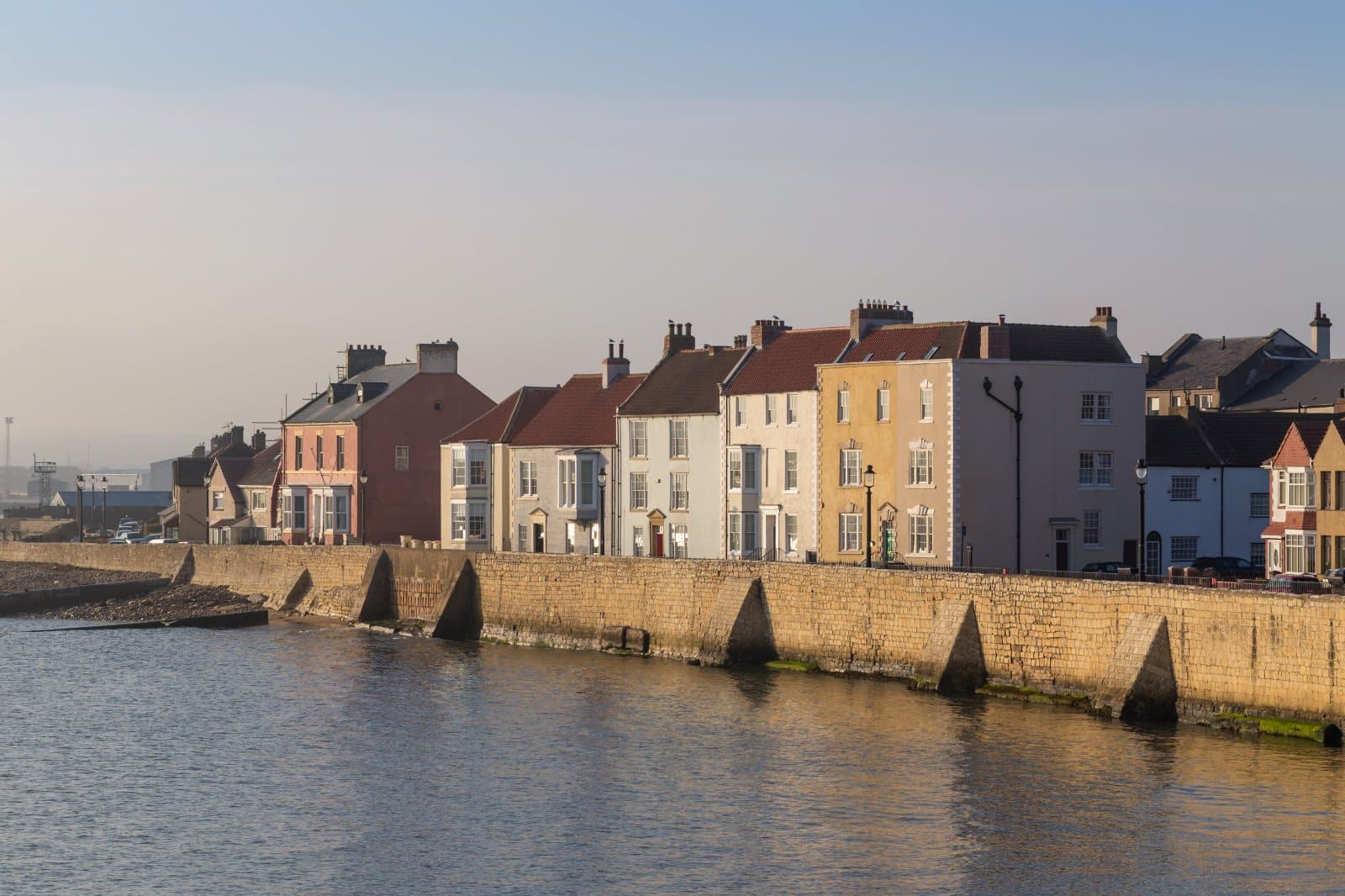
Hartlepool faces economic struggles following the decline of its shipbuilding industry, with a 7.3% unemployment rate and 34% child poverty. Drug addiction and related crime are rampant, and racial tensions and social exclusion add to the area’s difficulties.
15. Belfast, Northern Ireland

Belfast deals with unique challenges due to its troubled history and sectarian tensions. The city has a high poverty rate, with 32% of children living in poverty, and a 5.7% unemployment rate. Drug problems are significant, and social divisions are pronounced, particularly in deprived areas.
Plans to Relocate?

These areas face significant challenges, from economic hardship and lack of opportunities to racial tensions and social division. While efforts to regenerate and support these communities continue, the residents of these places experience daily struggles that highlight the need for sustained and effective interventions.
Featured Image Credit: Shutterstock / Ian Francis.
For transparency, this content was partly developed with AI assistance and carefully curated by an experienced editor to be informative and ensure accuracy.
The images used are for illustrative purposes only and may not represent the actual people or places mentioned in the article.

